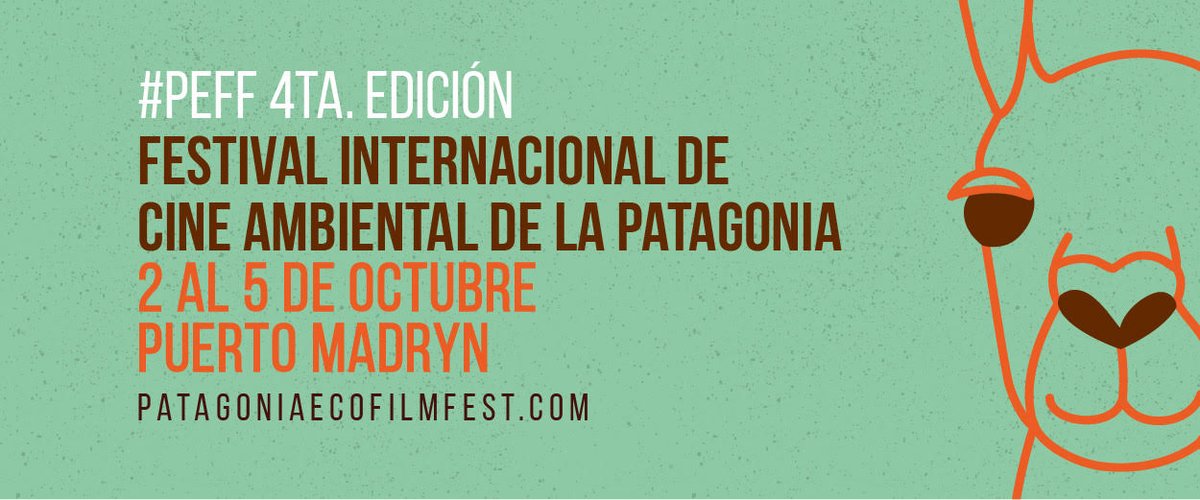The Forum for the Conservation of the Patagonian Sea supported the 4th edition of the Patagonia Eco Film Fest, the International Environmental Film Festival of Patagonia. The festival was held from October 2 through 5, in Puerto Madryn, Chubut (Argentina), with the free screening of more than 50 films.
It is a commonplace to say: “We cannot preserve what we do not know.” If that was true, we should conserve much more, because conservation science goes well ahead of the political will to protect. It is also possible that the idea of “knowing” is being misunderstood. Humans understand the world in a more visual way. They don’t get to “know” things so much, they “recognize” them. Should conservation science then display images instead of showing statistical data? We start with an obvious truth and end with something like: “an image is worth more…” and this does seem true.
The power of an image was known before the word art was invented. Historically, images were depicted on walls that defined spaces, whether in rock caves or cathedral domes. Paintings idealized the universe, photographs stopped it, but movies recreated it. The best screenwriters who pointed their cameras at the worst human misfortunes, such as Roberto Rossellini, also did so towards nature, unifying misadventures into two expressive genres.
Today, nature documentaries are a filmmaking specialty that should be taught in philosophy departments. Rather than the technique, what is important for us is to reflect in a mirror, if we are not able to see ourselves in flesh and blood. Much progress has been made since the times of Cousteau and The Living Sea. For a long time cinematography focused on the detail of eyes, beaks and running legs, today it looks to amaze the eyes of the viewer.
And nature suffers while we look at it through a glass, and in some cases it never heals. You can either show a wounded nature, or look the other way and settle for what’s left of its old magnificence. Each generation redefines the word nature, forgets what it once was, and believes that it has always been the way it is today. Documentaries should follow the model of a story that shows one thing, waits ten years and then shows that same thing again. That way, the meaning of throwing a trillion new human beings into the same space would be better understood.
Nature documentaries have a challenge ahead: to make an image be worth more than a thousand excuses. It must corner the discredited political class, the irreverent business class, and the derailed post-truth society. The nature without humans model is not valid, nor is it the one that brings them together. What is valid is to show the damage humans cause. We have lost the necessary fear of man, maybe we never had it. The eyes of animals are what express it best.
Human misfortune will reach unsuspected limits without the natural support that we compromise so easily. We cannot allow the living sea to end in agony. The greatest common cause of our current history is to avoid reaching that agony. Those with the gift of creativity can play a role in stopping the nonsense and refounding the social contract. To conserve we need to teach how to see.
Prologue by Claudio Campagna
President, Forum for the Conservation of the Patagonian Sea
Argentina Program, Wildlife Conservation Society



